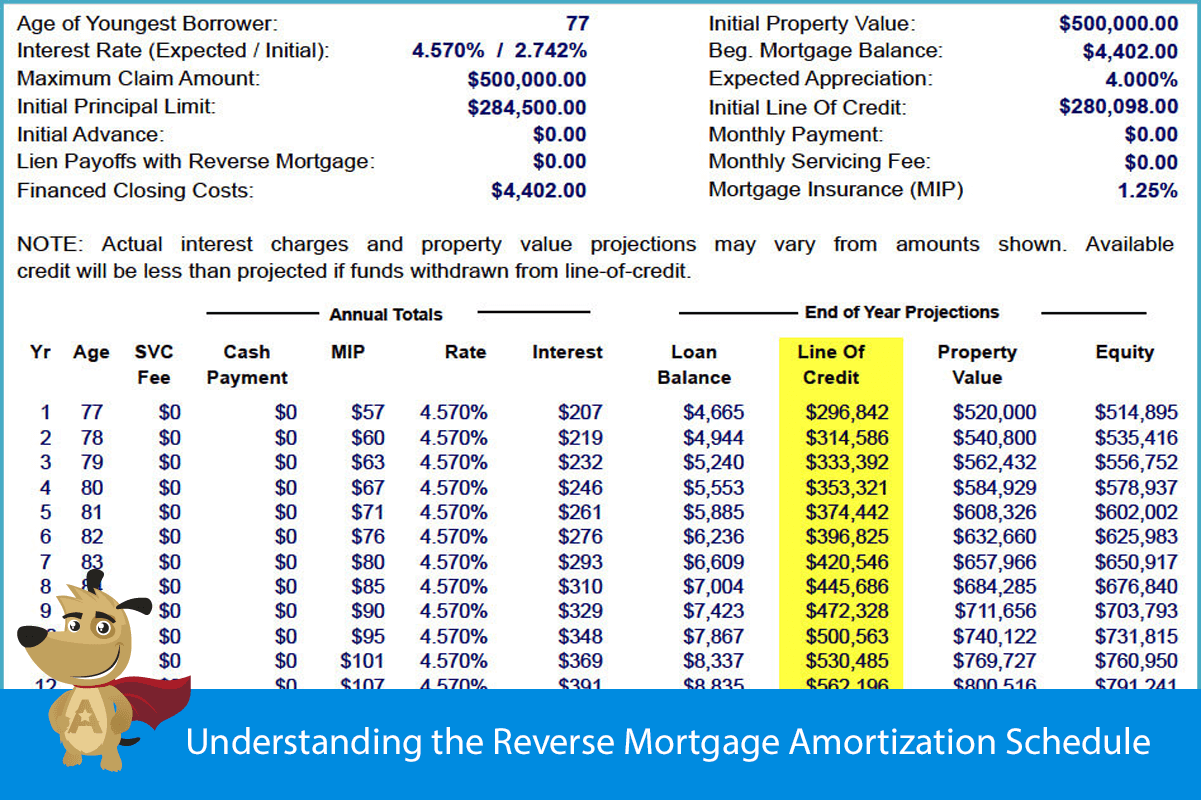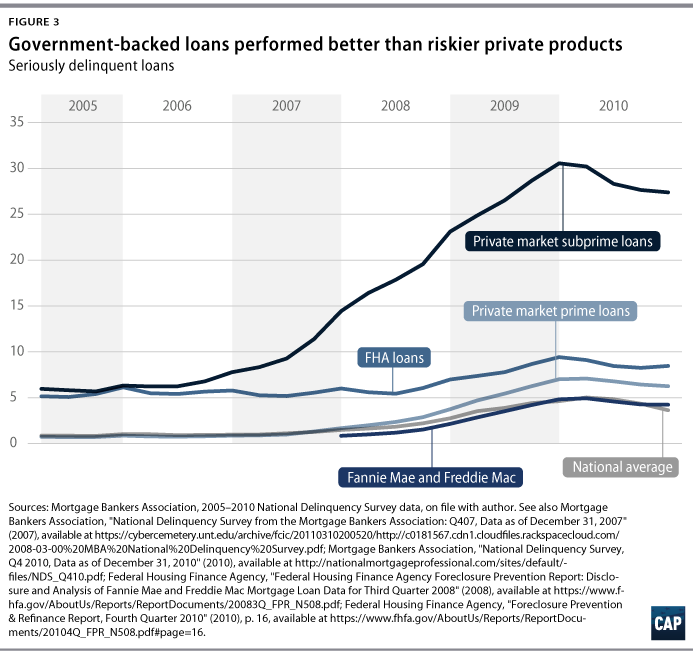For a reverse home mortgage to be a practical financial choice, existing mortgage balances normally need to be low enough to be settled with the reverse home mortgage earnings. However, borrowers do have the alternative of paying for their existing home mortgage balance to qualify for a HECM reverse home loan. The HECM reverse home mortgage follows the basic FHA eligibility requirements for home type, implying most 14 family residences, FHA authorized condominiums, and PUDs qualify.
Prior to starting the loan procedure for an FHA/HUD-approved reverse home mortgage, applicants should take an authorized counseling course. An authorized therapist must help discuss how reverse home mortgages work, the monetary and tax implications of getting a reverse mortgage, payment alternatives, and expenses associated with a reverse home loan. The therapy is suggested to safeguard customers, although the quality of counseling has actually been slammed by groups such as the Consumer Financial Security Bureau. which of the following statements is not true about mortgages.
On March 2, 2015, FHA implemented brand-new guidelines that need reverse home mortgage applicants to undergo a financial evaluation. Though HECM borrowers are not required to make month-to-month mortgage payments, FHA desires to make certain they have the monetary ability and desire to stay up to date with home taxes and house owner's Website link insurance (and any other applicable property charges).

Prior to 2015, a Loan provider might not refuse a demand for a HECM as the https://writeablog.net/edelin8e8n/therapy-companies-generally-charge-a-cost-for-their-services-frequently-around requirement is age 62+, own a house, and meet initial debt-to-equity requirements. With FA, the lending institution might now require Equity "set aside" rules and sums that make the loan difficult; the exact same as a declination letter for bad credit.
A Biased View of How Do Buy To Let Mortgages Work Uk
Acceptable credit - All housing and installation debt payments must have been made on time in the last 12 months; there disappear than two 30-day late home mortgage or installment payments in the previous 24 months, and there is no major negative credit on revolving accounts in the last 12 months.
If no extenuating situations can be recorded, the customer might not qualify at all or the lender might need a large amount of the principal limitation (if available) to be carved out into a Life Expectancy Reserve (LESA) for the payment of home charges (real estate tax, property owners insurance, etc.).
The fixed-rate program includes the security of a rates of interest that does not change for the life of the reverse home loan, but the rates of interest is normally greater at the start of the loan than a similar adjustable-rate HECM. Adjustable-rate reverse home mortgages generally have rate of interest that can alter on a monthly or yearly basis within particular limits.
The initial rates of interest, or IIR, is the actual note rate at which interest accrues on the exceptional loan balance on a yearly basis. For fixed-rate reverse mortgages, the IIR can never ever change. For adjustable-rate reverse home mortgages, the IIR can change with program Informative post limitations up to a life time rates of interest cap.
Things about What Credit Score Do Banks Use For Mortgages
The EIR is typically different from the real note rate, or IIR. The EIR does not determine the quantity of interest that accumulates on the loan balance (the IIR does that). The total pool of cash that a debtor can receive from a HECM reverse mortgage is called the primary limit (PL), which is determined based upon the optimum claim amount (MCA), the age of the youngest borrower, the predicted rates of interest (EIR), and a table to PL aspects released by HUD.
Most PLs are usually in the variety of 50% to 60% of the MCA, however they can sometimes be higher or lower. The table listed below gives examples of primary limitations for various ages and EIRs and a home worth of $250,000. Customer's age at origination Expected rate of interest (EIR) Principal limitation element (as of Aug.
To put it simply, older debtors tend to get approved for more money than more youthful debtors, but the total amount of money offered under the HECM program tends to reduce for any ages as rate of interest increase. Closing expenses, existing home loan balances, other liens, and any residential or commercial property taxes or property owners insurance due are typically paid out of the initial primary limitation.
The cash from a reverse mortgage can be dispersed in four ways, based on the borrower's financial needs and objectives: Lump sum in cash at settlement Monthly payment (loan advance) for a set variety of years (term) or life (tenure) Line of credit (similar to a home equity line of credit) Some mix of the above Note that the adjustable-rate HECM offers all of the above payment alternatives, however the fixed-rate HECM only uses swelling amount.
The Ultimate Guide To How Is Lending Tree For Mortgages
This suggests that borrowers who decide for a HECM line of credit can possibly get to more cash in time than what they initially received at origination. The line of credit growth rate is figured out by including 1.25% to the preliminary rates of interest (IIR), which means the line of credit will grow quicker if the rates of interest on the loan boosts.
Since numerous debtors were taking complete draw swelling sums (often at the encouragement of loan providers) at closing and burning through the cash rapidly, HUD looked for to protect customers and the practicality of the HECM program by limiting the amount of proceeds that can be accessed within the very first 12 months of the loan.

Any staying offered profits can be accessed after 12 months. If the total necessary responsibilities surpass 60% of the principal limit, then the customer can draw an extra 10% of the principal limit if available. The Real Estate and Economic Recovery Act of 2008 provided HECM debtors with the opportunity to buy a brand-new principal house with HECM loan continues the so-called HECM for Purchase program, effective January 2009.
The program was created to allow the senior to purchase a new primary house and acquire a reverse mortgage within a single deal by removing the requirement for a 2nd closing. Texas was the last state to allow for reverse home loans for purchase. Reverse home loans are regularly slammed over the issue of closing costs, which can in some cases be costly.
Getting The What Is The Catch With Reverse Mortgages To Work
Thinking about the constraints enforced upon HECM loans, they are comparable to their "Forward" contemporaries in total costs. The following are the most typical closing costs paid at closing to obtain a reverse home mortgage: Counseling cost: The initial step to get a reverse home loan is to go through a therapy session with a HUD-approved counselor.
Origination cost: This is charged by the lender to organize the reverse mortgage. Origination fees can differ extensively from lending institution to lender and can vary from nothing to an optimum of $6,000. Third-party charges: These fees are for third-party services worked with to complete the reverse mortgage, such as appraisal, title insurance, escrow, government recording, tax stamps (where appropriate), credit reports, etc.
The IMIP protects loan providers by making them whole if the house costs the time of loan payment for less than what is owed on the reverse mortgage. This protects debtors too due to the fact that it indicates they will never ever owe more than their home is worth. Since 1/2019, the IMIP is now 2% of limit claim amount (Either the evaluated value of the home as much as a maximum of $726,535) The yearly MIP (home loan insurance coverage premium) is.50% of the outstanding loan balance.